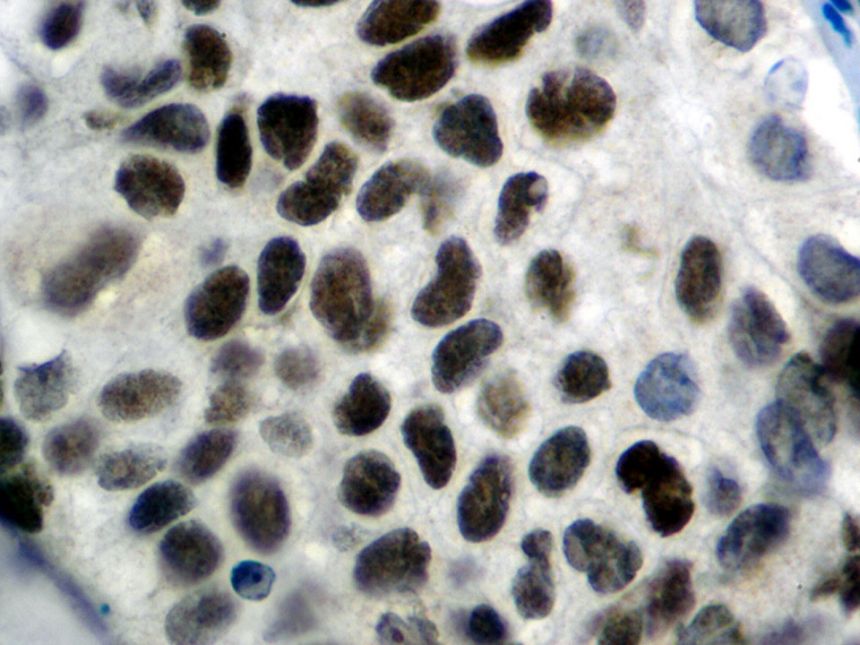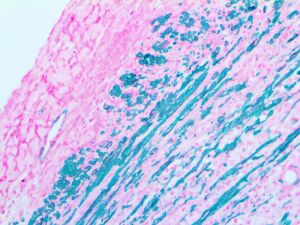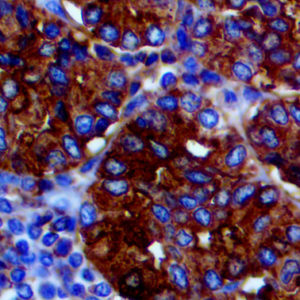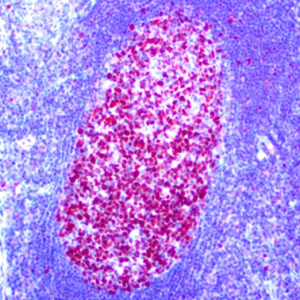| Intended Use | For In Vitro Diagnostic Use | |||||||||||||||||||||||||||||||||||
| Summary and Explanation | Cyclin E1 forms a complex with and functions as a regulatory subunit of CDK2, whose activity is required for cell cycle G1/S transition phase of the cell cycle that detremines cell division. The Cyclin E/CDK2 complex phosphorylates p27Kip1 (an inhibitor of Cyclin D), taggint it for degradation and thus promoting expression of Cyclin A, allowing progression to the S phase. This protein accumulates at the G1-S phase boundary and is degraded as cells progress through S phase. Apart from the function in cell cycle progression, cyclin E/CDK2 plays a role in the centrosome cycle by phosphorylating nucleophosmin (NPM). NPM is then released from binding to an unduplicated centrosome, thereby triggering duplication. Cyclin E/CDK2 has also been shown to regulate the apoptotic response to DNA damage via phosphorylation of FOXO1. Overexpression of Cyclin E correlates with tumorigenesis. It is involved in various types of cancers, including breast, colon, bladder, skin, and lung cancer. | |||||||||||||||||||||||||||||||||||
| Antibody Type | Rabbit Monoclonal | Clone | EP126 | |||||||||||||||||||||||||||||||||
| Isotype | IgG | Reactivity | Paraffin, Frozen | |||||||||||||||||||||||||||||||||
| Localization | Nuclear | Control | Placenta, Bladder, Colon, Breast Cancer, Ovarian Carcinoma | |||||||||||||||||||||||||||||||||
| Presentation | Cyclin E1 is a rabbit monoclonal antibody derived from cell culture supernatant that is concentrated, dialyzed, filter sterilized and diluted in buffer pH 7.5, containing BSA and sodium azide as a preservative. | |||||||||||||||||||||||||||||||||||
| Availability |
| |||||||||||||||||||||||||||||||||||
| Note: For concentrated antibodies, please centrifuge prior to use to ensure recovery of all product. | ||||||||||||||||||||||||||||||||||||





